|
Increased Visibility
The Zetas have long predicted that increased visibility of the
Planet X, aka Nibiru complex would be present during the 8 of 10
phase. We last addressed the increased visibility prediction in
Issue 358 of this newsletter in
August, 2013.
ZetaTalk Prediction
12/4/2010: This
is information that coincides with the 8 of 10 scenarios, as
yet undescribed, and with the anticipated position of Planet X
vs a vs the Earth for enhanced viewing of Planet X from the
astonished residents of Earth. This time has not yet arrived.
ZetaTalk Prediction
2/2/2013: The
8 of 10 is a long and oppressive phase, not over quickly
within months. During the 8 of 10, mankind will be aware
of the pending passage, whether there is an announcement by
NASA and Obama or not. We have described an increased
visibility of Planet X, aka Nibiru and its components during
the 8 of 10. But has this not already arrived to some degree?
One can scarcely go on YouTube without being flooded by videos
of Nibiru, aka Planet X and its Moon Swirls. For the 8 of 10,
as it progresses, Planet X will be positioned more to the
right in the line of sight, so that sunlight will bounce off
the dust cloud clinging to and thus shrouding Planet X,
supporting dramatic Second Sun sightings on a daily basis,
worldwide.
Where are we two years later? Alberto’s photos are more stunning
than ever. The moon ridden tail of Planet X splays out from the
Sun toward the Earth in dramatic fashion.
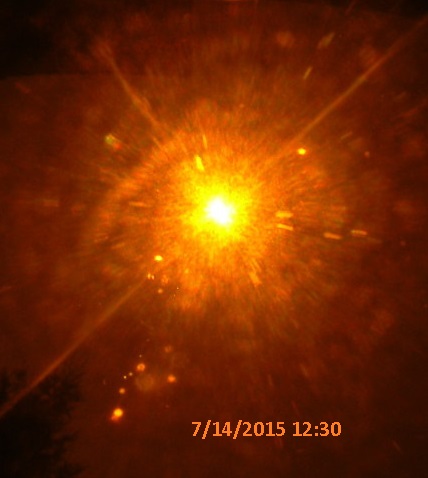
The Planet X, aka Nibiru complex is showing up regularly on
SOHO, despite efforts by NASA to edit this evidence away. This
can be seen on the Pole
Shift ning blog dedicated to this issue, the Moon Swirls
of Planet X wafting about between the Sun and Earth, caught by
the SOHO satellite which orbits around the First Lagrangian
Point there.
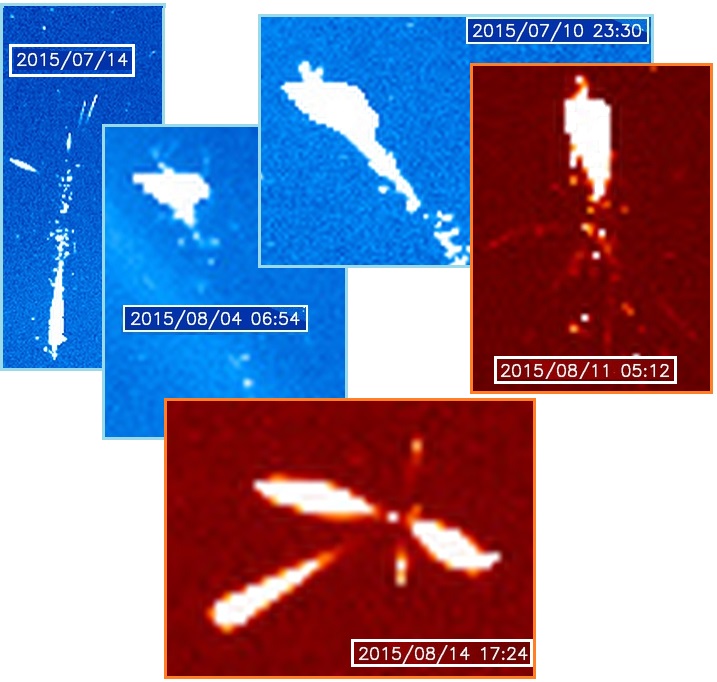
Daily images of the complex from an Italian webcam are also
being posted on the
Pole Shift ning. Nibiru and its two dominant Moon
Swirls on either side, seen as a double helix, can be seen
through the wispy clouds in the distance. Sunset clouds appear
gray on the horizon, even when wispy, due to the angle of light
reflection. Thus the complex can be seen except when the clouds
are dense. This shows
that the pink object on the webcam captures at sunset are not a
reflection on the lens, but are out in space at the 4 o’clock
position to the Sun.
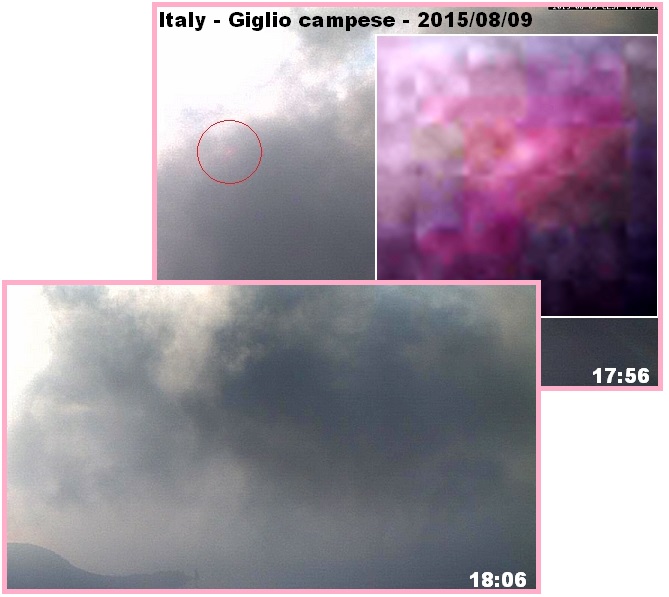
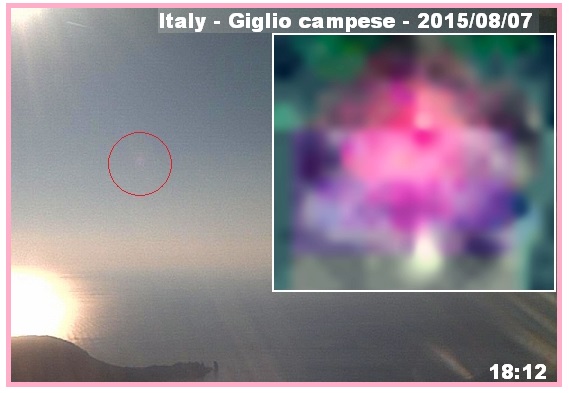
Survival Tips
Survival tips are periodically featured in this newsletter. The
last time a comprehensive overview was presented was in Issue
364 in September, 2013 which touched on eating weeds, a
lysine rich vegie diet, gardening and saving seed, urban
gardens, keeping chickens and goats, farm guards, eating rats
and bugs and earthworms, passive distillation of water,
home-made windmills, and houseboat living. In partnership with
USAEBN a more comprehensive survival tip list will be presented
on September 7, 2015 and as usual this will roll to a YouTube
documentation of the show. I anticipate covering the following
subjects.
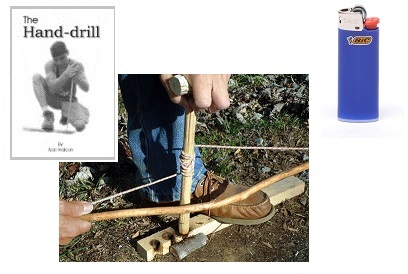
Anticipate needing to start a fire. Flashlights batteries will
burn out, and matches are a finite supply, but a little
dry kindling and an old BIC lighter flint will last. No BIC
lighter? Halcon shows how easy it is to use friction. Get his handbook online. In
that the grid is likely to be down, the mechanics and
electricians in the group will want to construct wind and water
mills to gen electricity. This subject was well
covered recently on the March 2, 2015 USAEBN show.
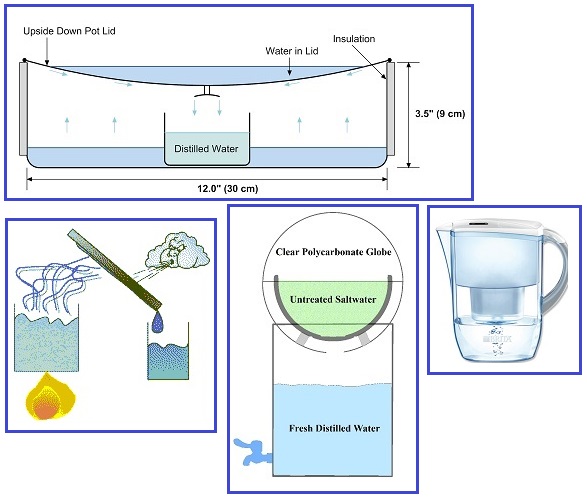
Water will be polluted due to broken or overflowing sewer pipes
and volcanic dust on surface water. Drinking and cooking water
must be cleaned of heavy metals such as lead and mercury and
parasites that would cause dysentery or cholera. Your supply of
filters will run out, as will your supply of bleach. In any
case, bleach and filters will not remove heavy metals.
Distillation, long recommended by the Zetas, will remove heavy
metals and the boiling process kills and removes parasites.
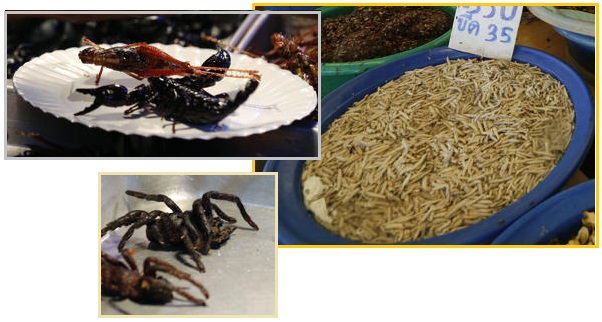
Modern man expects to get his protein from meat, fish, eggs,
milk, and perhaps vegies like soy. What if these sources are not
available? What if the grocery store shelves are bare and travel
on broken roadways is impossible? Many cultures eat bugs as a
delicacy, as they are high in protein and fat. In fact, raising
bugs and grubs and worms as food is cheaper than raising cattle
or chickens, a more efficient use of feed. And remember, shrimp
and lobster are in essence bugs.

Wildlife will be hunted almost to extinction, but during the
Revolutionary War squirrel was a staple. Remember the Hunger
Games? Rats are eaten in many cultures. Add their meat to
the soup pot and eating rats will not even be noticed, as
the Finegan Fine story
relays.
- Finegan asks, “What do you do for
meat?” The manager puts her finger to her mouth, a shush
motion, and in a low voice replies. “You can see we've got
cats. We've got a population explosion.” The manager
glances at Finegan's face, prepared to drop the bomb and
wanting to see if he's ready for it. “I've got several
female cats that bring me their catch. It's the females
that hunt. Must be a rat population explosion somewhere,
as they rarely fail to deliver. Every morning, there they
are, dead rats, fresh meat, on my doorstep.” She glances
at Finegan's face again. “Well, it's protein! I cook it to
death, meat falls off the bone, mix it into the soup
that's supper every night. No one's died yet.” Just
then one of the female cats saunters up with a dead rat in
its mouth and drops it at the manager's feet. The manager
leans forward to praise and pet the cat. “Why thank you
Mitzy! That's a beautiful gift!”
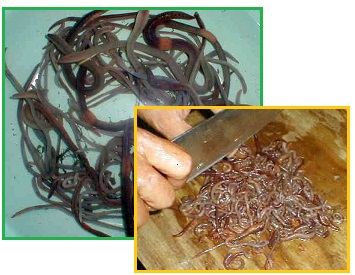
Did you know that earthworms are 82% protein? And their
essential oil is Omega3, equivalent to fish oil. Chop, rinse,
and add to the soup pot. Raising them is easy, done in a vegies
only compost pile. Remove the egg casts for the garden, as the
egg casts will stop reproduction, preventing an overpopulation
of worms. Red wigglers make the best worms for your earthworm
production compost pile.
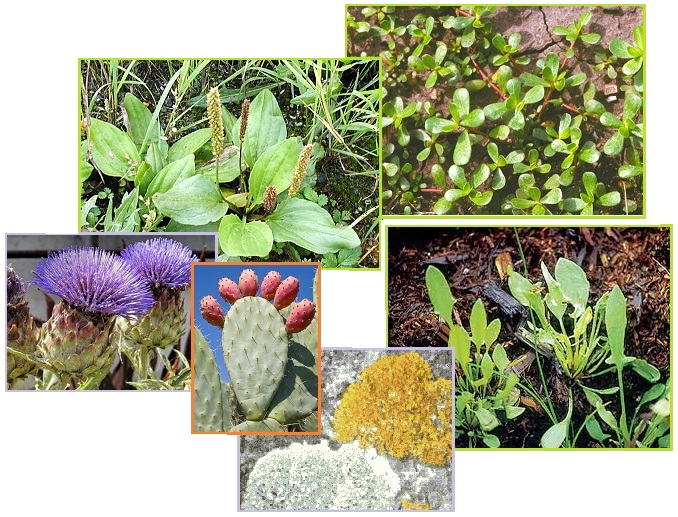
What to do when the Vitamin bottle is empty and scurvy has
started gums bleeding? You are surrounded by vitamins and
minerals in the edible weeds that grow everywhere. Get a good
handbook. Plantain and Purslane is high in Vitamin A, Sheep
Sorrel and pine branch tips high in Vitamin C, and plants such
as Prickly Pear, Dandelion, Thistle, Moss, Lichen, and Cattails
are entirely edible. Mushrooms too are edible but get a good
handbook. Eating a poisonous mushroom is no picnic and can be
fatal and at minimum a miserable experience.
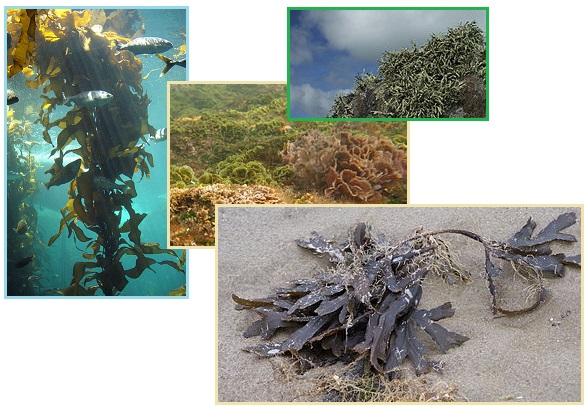
Seaweed is eaten regularly in Japan, harvested from the beaches
where it washes ashore. Where most algae is edible, be aware
that some algae such as the Red
Tide is poisonous, as is an anaerobic
Cyanobacteria bacteria that can lurk in large green algae
growths in stagnant water.

Duckweed has more protein than Soy. Duckweed is found worldwide
and is actually a tiny water plant, considered the smallest
flowering plant. It can be eaten by humans as well as ducks, and
feed fresh water fish such as Tilapia. An enterprising company
has determined that dried Duckweed can be made into a protein
powder called Lentein.

One plant that deserves special mention is Kudzu, considered the
scourge of the Southeast US where it climbs over houses and
cars, flattening forests. A relative of the pea plant, Kudzu is
entirely edible from the leaves to the tubers, and puts nitrogen
back into the soil. The leaves can be fodder for cattle. As this
chapter in the Finegan Fine
story asserts, a survival community could survive nicely on Kudzu alone.
- The kudzu has covered several
trees, which form spires, and has covered the remains of
some houses in an abandoned subdivision, the shape of the
rooftops barely discernible. They see an even more amazing
sight - the remains of a car recycling junkyard where cars
have been piled high after being crushed. Children and
adults are climbing down the vines, hand over hand and
putting their feet against the rusting crushed cars
underneath the vine cover. The piles of crushed cars,
topped with cars as living quarters, and the kudzu
cascading down the sides of the piles, all now covered
with creeping and hobbling residents, look a bit like an
anthill under an evacuation.
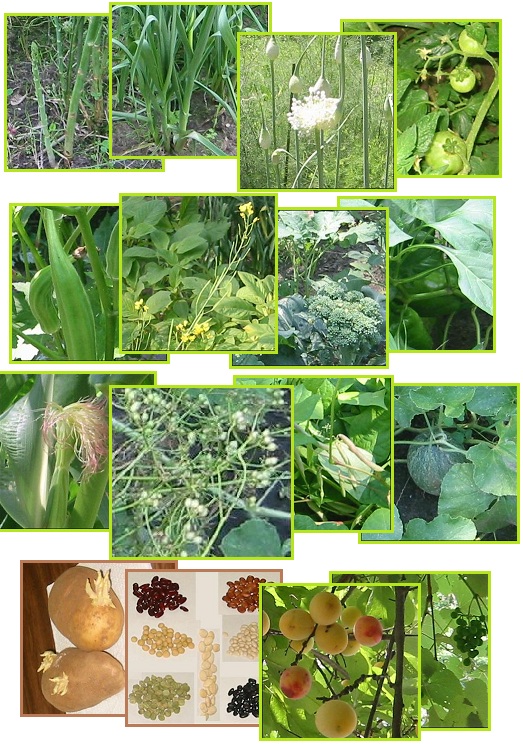
Most communities will plan to get into traditional gardening,
buying seeds and equipment in preparation for that day. What
might be forgotten is that seed may not be for sale in the
future, when the shelves are empty, the Internet down, and
shopping just not possible. Learning how to save seed is of prime importance. Many
garden plants present their seed in a dried form if allowed to
mature fully. Allow those plants to be used for seed to mature
to the point where the fruit is so fully ripe it is almost
rotting (Tomato, Bell peppers, Melons, Eggplant) or the seed
pods are bone dry (Beans, Raddish, Okra, Corn). Tomato
seed has to have the slime removed by white mold or it will not
germinate. Lettuce seed will fly away if not harvested
regularly. Spinach plants are male and female and both must be
present. Onions and Cabbage are biennial, so must winter over or
be kept in a root cellar before the seed stalks will arrive.
Related plants will cross pollinate so only plant one type of
squash per year, for instance. Garlic must be sown as a clove as
it has lost the ability to reproduce by seed. Same with Potato.
Cut that seed Potato into pieces and plant. Strawberries
propagate by runners, which produce separate plants at their
ends. Both Potato and Tomato are members of the nightshade
family, so do not eat the leaves or feed them to livestock. Get
a good book and get educated!
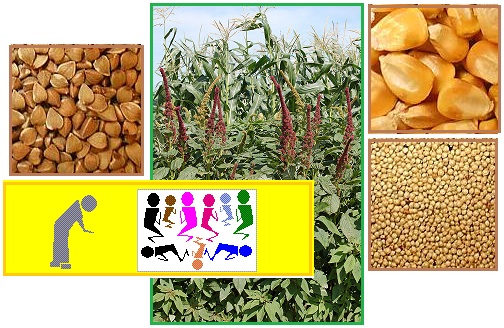
For those survival communities that do not have a ready source
of protein, take note that certain plants are high in Lysine,
the essential plant protein that allows vegetarians to be
healthy. Buckwheat, Soy, Peas, Legumes, and Amaranth are highest
in Lysine. In fact, Corn and Amaranth together provide the
protein equivalent of red meat, as the Orphan
Mistress in this Finegan
Fine story relays.
- The orphan mistress has graying
hair, barely pinned on top of her head in a bun. She looks
immensely weary, and walks as though she might not make
the next step. She takes a seat on the picnic table,
sighing as though relieved to be off her feet. Taking a
deep breath to gain her strength, she lifts her face to
smile at the visitors and waves them forward to join her.
She directs her charges. “Stir that fire and put on a pot.
We'll serve some tea.” She leans back, having caught her
breath, and continues to direct her young charges. “Honey,
use that other pot. It has a spout. That's it.” “I been at
this business for some years. Planted corn and amaranth,
being vegetarian and all. Don't need meat if you got
those. Made a mix for the local organic outlets. Amaranth
greens are a good salad too. Made my living at that. No
need to plow if you keep the weeds down regular. Just
re-seed.” The orphan mistress waves in the direction of
the wall of young children clustered behind her, each
clutching a cup of tea. “These are the best little weed
pickers I ever seen. You pull a weed up, the grubs and
beetles fall out, and the chickens clean them up. You go
down the rows and knock the bugs off the plants, and the
chickens foller along and clean them up. What's left is
our produce, bug free, and eggs. We got lots of eggs.”
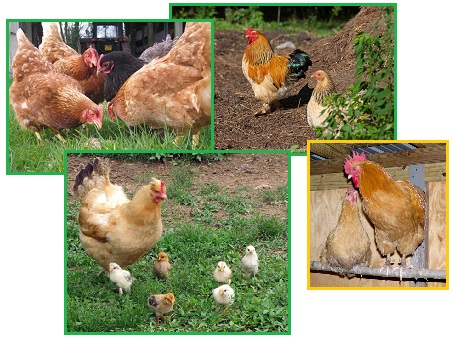
No survival site would be complete without chickens. They only
need a coop to protect them from predators, an opportunity to
free range to hunt for bugs and worms, water, and sunlight for
Vitamin D. In return they provide eggs and chicken meat. I kept
chickens for a few years and can attest that one becomes very
attached to them. A flock of hens will usually have one hen that
is the brooder, and all the hens lay their eggs in her nest for
a communal hatch operation. We fed them melon rinds and they
consumed them all. Feed the egg shells back to the flock for the
calcium. Got rotting road kill or entrails? Don’t bury that, let
the flies lay eggs and put the mess in a plastic container. When
the mess starts to writhes, full of maggots, spill it on the
ground and let the hens feast. Roosters, by the way, are natural
protectors and will attack people if not familiar. They are natural farm guards as are donkeys
and geese. Goats are another easy addition for survival
communities. They follow the herdsman around, unbidden, and eat
anything, including poison ivy. Goat manure is easy to transport
as it is delivered in pellet form, not sloppy. Why keep dairy
cattle when goat milk is superior!
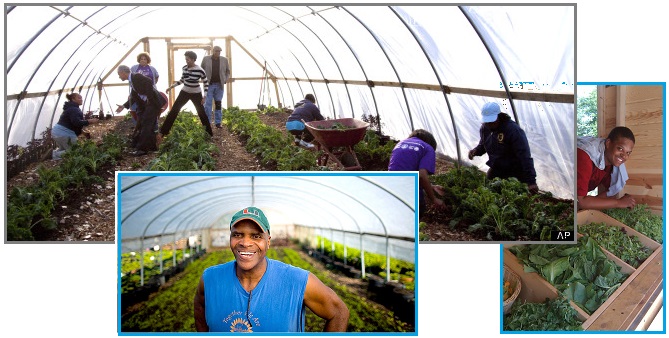
Stuck in the city so feel you can’t garden? Nonsense! Look at
what Growing Power in Milwaukee did. They not only compost with
earthworms, in essence creating soil, they market their produce!
The CEO of Growing Power has become an in-demand consultant as a
result. This works!
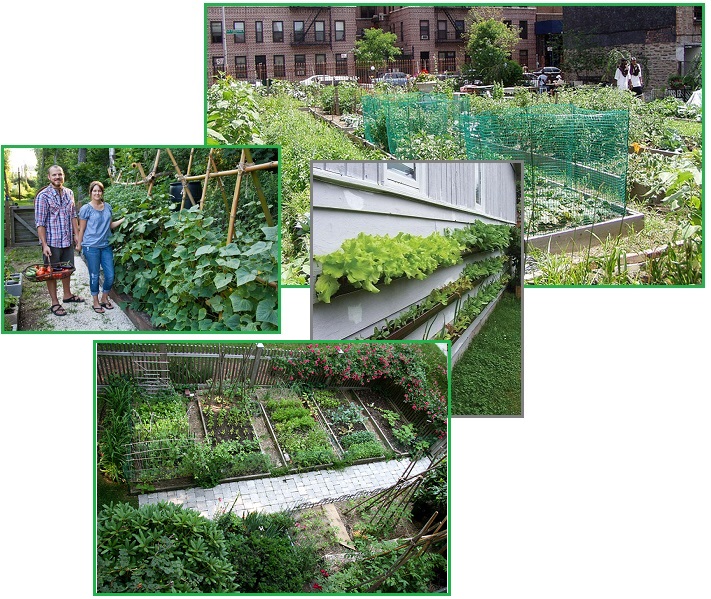
Many cities have urban garden space, or allow roof top gardening
or container gardening. If all you have is a patio or even just
a sunny window, get into it!
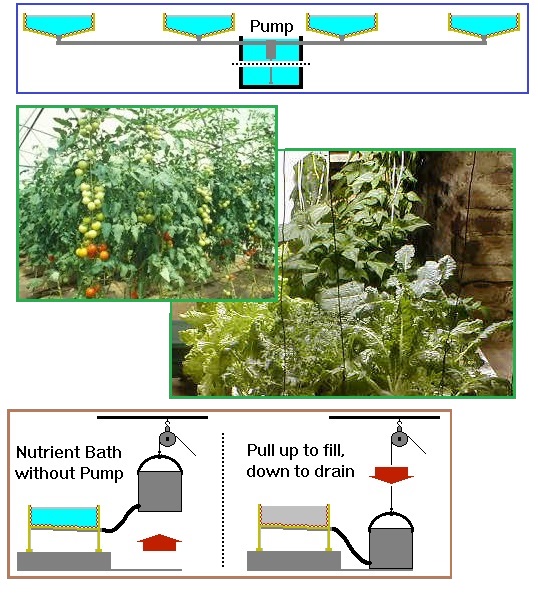
High tech gardening with hydroponics is possible too, which
provides a garden free from any volcanic dust or raids by the
wildlife. Water can be reused, and when the store bought
hydroponic nutrient solution runs out, watering the earthworm
compost beds will produce a brown nutrient solution runoff equivalent to the store
bought version. I know, as we did this in the Troubled Times
labs and leaf for leaf, blossom for blossom, the results were
equivalent. High tech hydroponics assumes you have electricity
for a pump and lights. But a simple manual system using gravity,
lifting a pail a couple times a day, works also. Full spectrum
lights are required if no sunlight is available, but what
happens when all the light bulbs have burned out? Carbon
arc lamps, used today for film production in Hollywood, is
a full spectrum light that turned the streets of London into day
a century ago. Direct current is required, and for the carbon
tips, even pencil leads can be used. Setup a windmill and have
an earthworm compost pile and you are in the hydroponics
business!
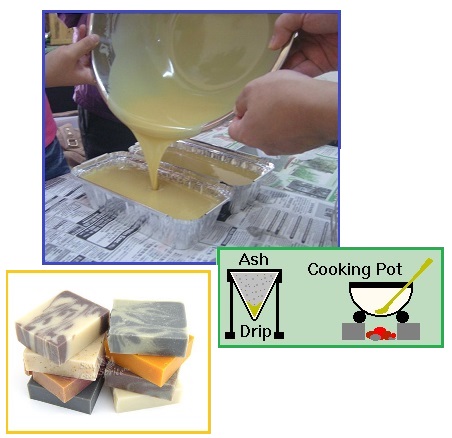
Survivors will surely miss their daily shower, but the more
urgent issue is what to do about a lack of soap and diapers.
Soap can be made from water drained through wood ash, which is
caustic, and animal fat. This is cooked to boil it down and then
poured into molds.
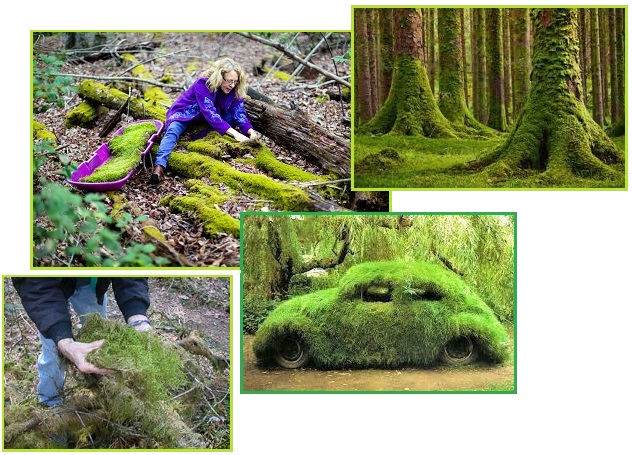
Moss makes a perfect diaper filler and works for feminine
hygiene too. What about contraceptives? There is of course
abstinence, or having oneself sterilized ahead of the Pole
Shift, but does Mother Nature have a safe and natural
contraceptive? She does indeed. The seeds from Queen Anne’s
lace, a common weed growing throughout the world, works as a
morning after pill. Known in antiquity, for instance among the
Egyptians, for its effectiveness. Modern day tests among
feminist have shown it to be 100% effective when seeds are
munched the morning after, and when one desires a pregnancy the
pregnancy is normal with no untoward effects from having used
the contraceptive routine. Seeds are harvested from dry seed
heads. Note that some blistering plants are a look-alike.
Giant Hogweed has a similar white flower but is huge. Wild
Parsnip has a similar size but has a yellow flower.
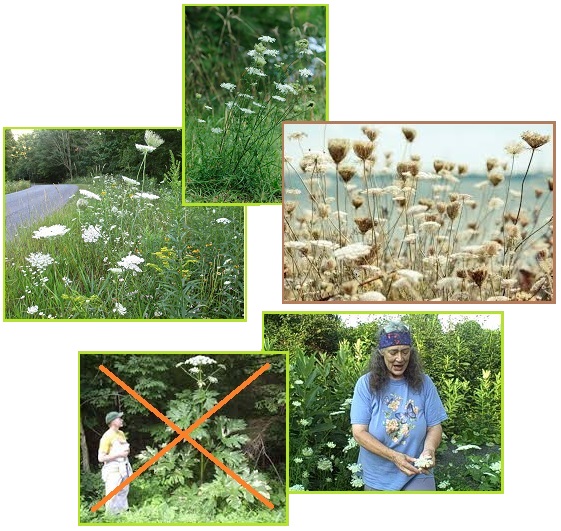
When the pharma meds run out, you should be well versed in
herbal medicine. Get a book and plant your garden well ahead of
time. I can personally vouch for a compost of Comfrey leaves
building skin on a patch of raw flesh in just three days. This
raw flesh had no skin on
it for a two month period, until the compress was tried. Three
days! Get a book and plant your herbs!
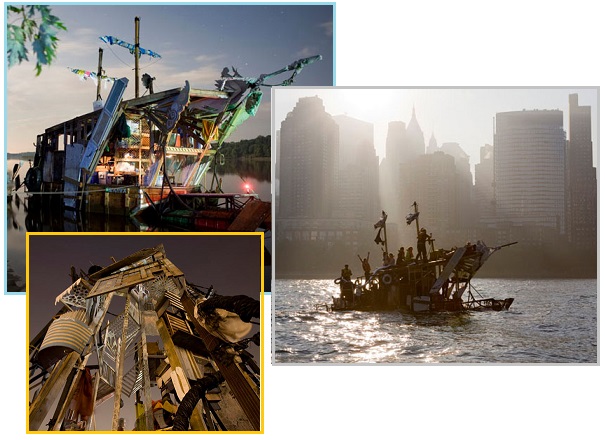
Picking up the pieces to build a new shelter will give survivors
lots of options. As long as one has hand
tools then creativity should know no bounds! Fill old
tires with dirt for an insulated wall. Tents for temporary
housing are great, and if not enough to go around, use a tarp.
If the waters are rising around you, build a houseboat.
Floatation devices can be constructed or one can use a sealed
steel drum or a bunch of plastic bottles. As the coastline
changes during the rising seas anticipated after the Pole Shift,
one can pull up anchor and move along the coastline. This is
featured in the Finegan Fine
story, where Finegan is a trader running up and down the flooded
riverways.
- The humidity and Spanish moss
hanging from the trees on the Georgia coastline is not
unusual, but the fact that the coastline is flooded is
unusual. Rooftops and treetops are sticking out of the
placid water, which is lapping gently on suburban lawns. A
houseboat is floating nearby, tied to a sturdy treetrunk
sticking out of the floodwaters. And the houseboat is
immensely cluttered. Bins of vegetables are stacked one on
top of the other and side by side. Engine and mechanical
parts are heaped in piles on the corners of the houseboat,
placed for balance. There are pegs everywhere a peg can be
placed, where loops of fishing line, wire, and rope are
hung. Boxes are stacked, smaller boxes on top of larger
ones. Some of the wooden boxes have pull-out drawers.
Large plastic containers are stacked here and there, but
only a few are labeled. Folded tarps are on top of one
pile, topped by fishing netting flung there to dry after a
night's catch. Poles have been placed on the four corners
of the houseboat and lines are strung from these poles to
the single story house in the center. On one, some fresh
fish, gutted and headless, are hung by the tail.
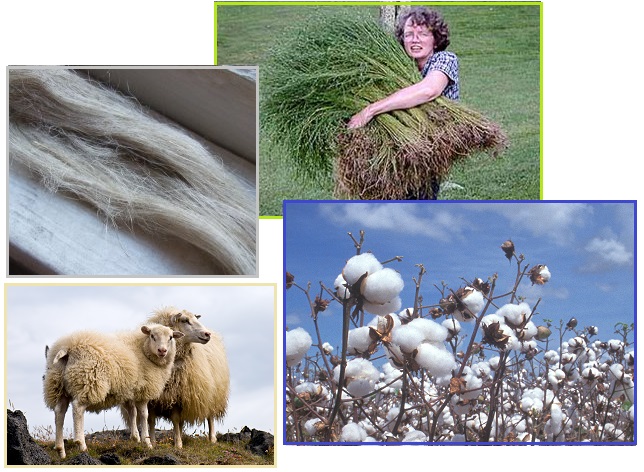
Tired of holes in your jeans? It will take time for all the
clothing to wear out, but survivors should be thinking about
replacement. Traditional fibers used for clothing and blankets
are from linen, cotton, and wool. Cotton and wool are combed to
straighten out the fibers prior to spinning into threads or
yarn, but linen must be soaked to rot away all but the fibers.
Construction specs for spinning wheels
and looms are available although these are also offered
for sale on the Internet. Leather is another option, with
instructions on how to cure and scrape skins available.
|

